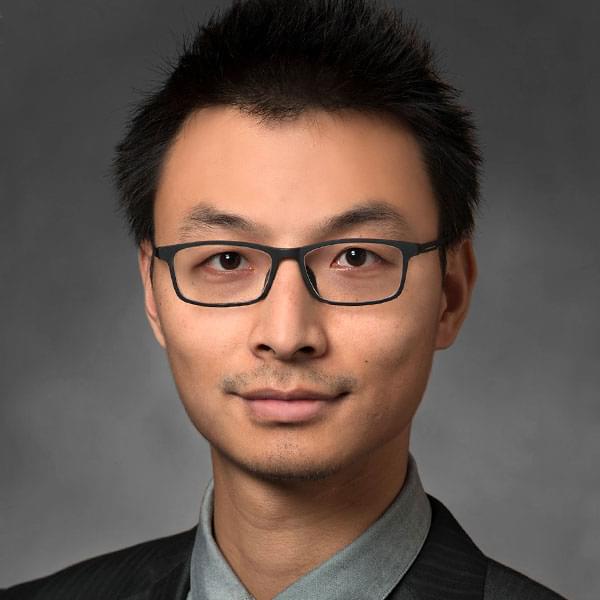arXiv 2404.09441v2
Overcoming the fundamental limit of quantum transduction via intraband entanglement
Haowei Shi, Quntao Zhuang
- quant-ph
- physics.app-ph
- physics.optics
A quantum transducer converts an input signal to an output probe at a distant frequency band while maintaining the quantum information with high fidelity, which is crucial for quantum networking and distributed quantum sensing and computing. In terms of microwave-optical quantum transduction, the state-of-the-art quantum transducers suffer low transduction efficiency from weak nonlinear coupling, wherein increasing pump power to enhance efficiency inevitably leads to thermal noise from heating. Moreover, we reveal that the efficiency-bandwidth product of a cavity electro-optical or electro-optomechanical transducer is fundamentally limited by pump power and nonlinear coupling coefficient, irrespective of cavity engineering efforts. To overcome this fundamental limit, we propose to noiselessly boost the transduction efficiency by consuming intraband entanglement (e.g., microwave-microwave or optical-optical entanglement in the case of microwave-optical transduction). Via a squeezer-coupler-antisqueezer sandwich structure, the protocol enhances the transduction efficiency to unity in the ideal lossless case, given an arbitrarily weak pump and nonlinear coupling. In practical cavity systems, our entanglement-assisted protocol surpasses the non-assisted fundamental limit of the efficiency-bandwidth product and reduces the threshold cooperativity for positive quantum capacity by a factor proportional to two-mode squeezing gain. Given a fixed cooperativity, our approach increases the broadband quantum capacity by orders of magnitude.


